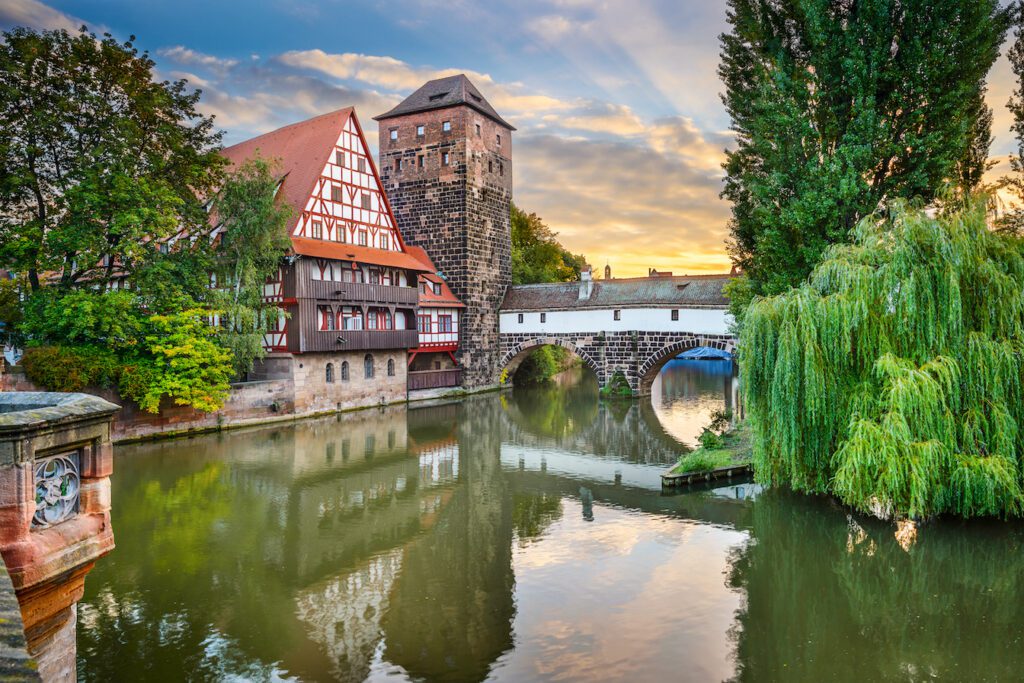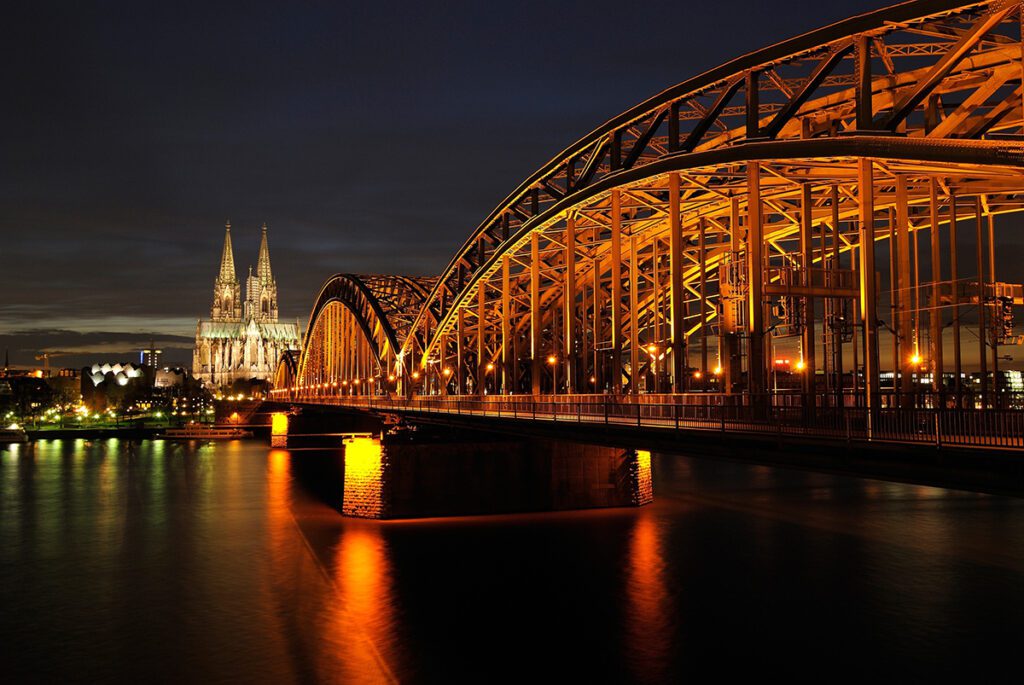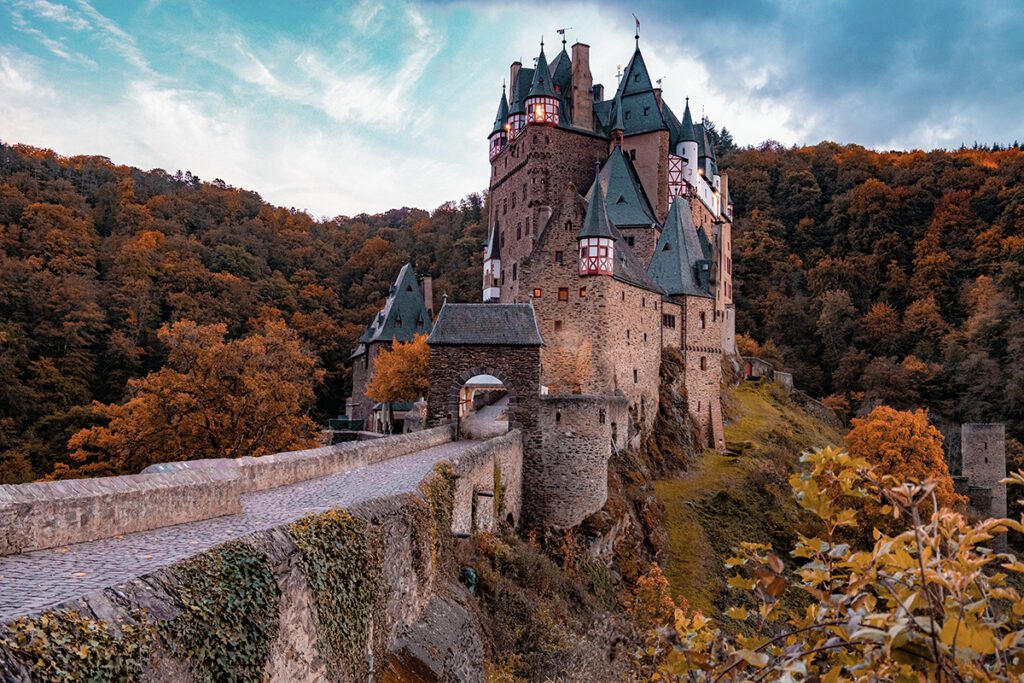From snow-capped mountains and gently rolling hills to dense forests, bustling cities, and quaint little towns with timber-framed houses and cobbled streets, Germany is a destination that offers something for every type of traveler. With over 20,000 castles, fortresses, and palaces, and a history that dates back to the Romans, you could easily spend four weeks in the country and still not see and do everything it has to offer.
Germany For…Nature & Wellness Lovers

The Bavarian Alps
Home to Zugspitze and Watzman—Germany’s highest peaks—this region is a hiker’s paradise in the summer and a winter sports haven when the snow falls. Towns like Garmisch-Partenkirchen and Oberstdorf serve as perfect gateways to these alpine adventures while offering a glimpse into Germany’s rich heritage.

The Black Forest
This region is a sanctuary for nature lovers, featuring lush woodlands, cascading waterfalls, and charming villages. Relax and rejuvenate in thermal baths, hot springs, and Michelin-starred restaurants, while also experiencing traditional German craftsmanship and folklore.

Pristine Lakes & Rivers
In high summer, Germany’s clean lakes are the perfect place to cool off. With its Mediterranean-like climate, Lake Constance is known as Southwest Germany’s Riviera. But there are also many smaller lakes like Titisee and Schluchsee in the Black Forest and Königssee in the Bavarian Alps.
Germany for… Foodies
Traditional Faire
When people think of “German food,” sausages and pretzels often come to mind, and rightly so. Germans have a fondness for sausages, known as “Wurst,” and enjoy them in various forms. In the central and northern regions of Germany, “Currywurst,” a grilled pork sausage sliced meticulously and served with curry-spiced ketchup, is a popular street food.
In the southern state of Bavaria, “Weisswurst”, a boiled sausage made of veal and pork, is a staple in beer gardens and beer halls, usually accompanied by sweet mustard and a pretzel.
Another staple you’ll encounter in many German restaurants is “Schnitzel.” This breaded veal dish, sometimes made with chicken, is especially popular among German children and is often served with “Pommes,” the German term for French fries.
Regional influences play a significant role in German cuisine. In the Swabian and Black Forest regions, you’ll find “Spätzle,” a delightful variety of egg noodle, either served with sauce or baked with cheese. “Maultaschen“, a scrumptious meat-filled dumpling, is another Swabian specialty. Due to its closeness to France, “Flammkuchen,” a type of flatbread topped with cheese and “Speck” (a bacon-like ingredient), is commonly found in southwestern Germany.
In the northern parts of the country, fish features more prominently in the culinary landscape, owing to the region’s proximity to the Northern and East Seas. Fish is often paired with staple foods like green cabbage and potatoes.
334 Michelin Stars Throughout the Country
Excellent cuisine is abundant throughout Germany, and as of 2023, the country boasts 334 restaurants with Michelin stars. These culinary gems are primarily concentrated in major cities like Berlin, Hamburg, Cologne, and Munich. However, the traditional strongholds for these prestigious awards are in the south and southwest of Germany.
“Where good wine is drunk, good food is eaten.”
Ralf Flinkenflügel, Guide Michelin Germany and Switzerland


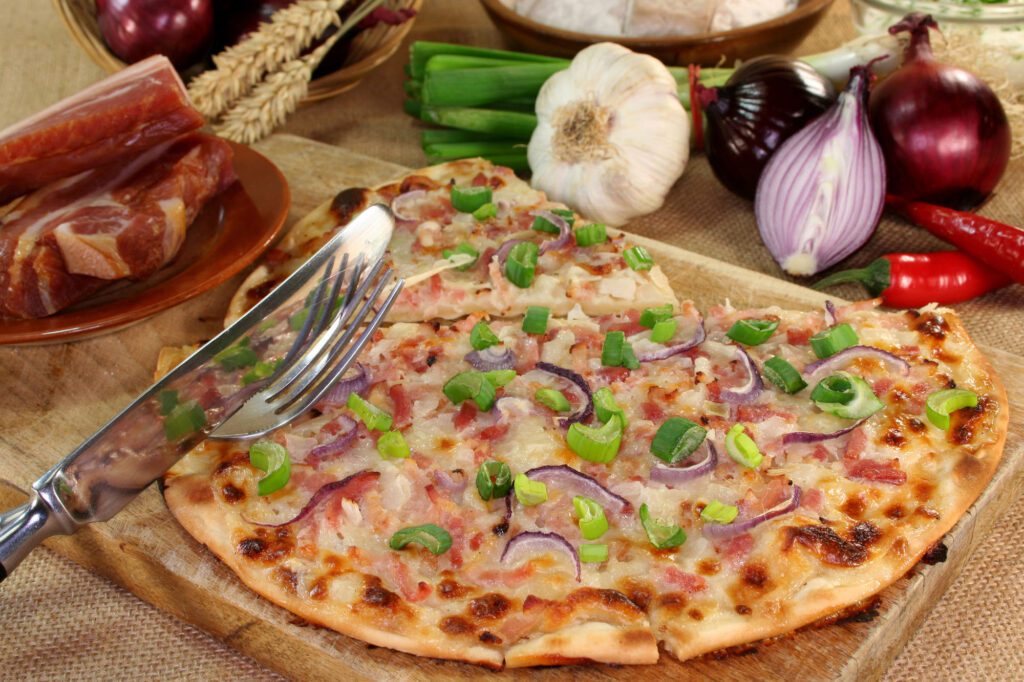
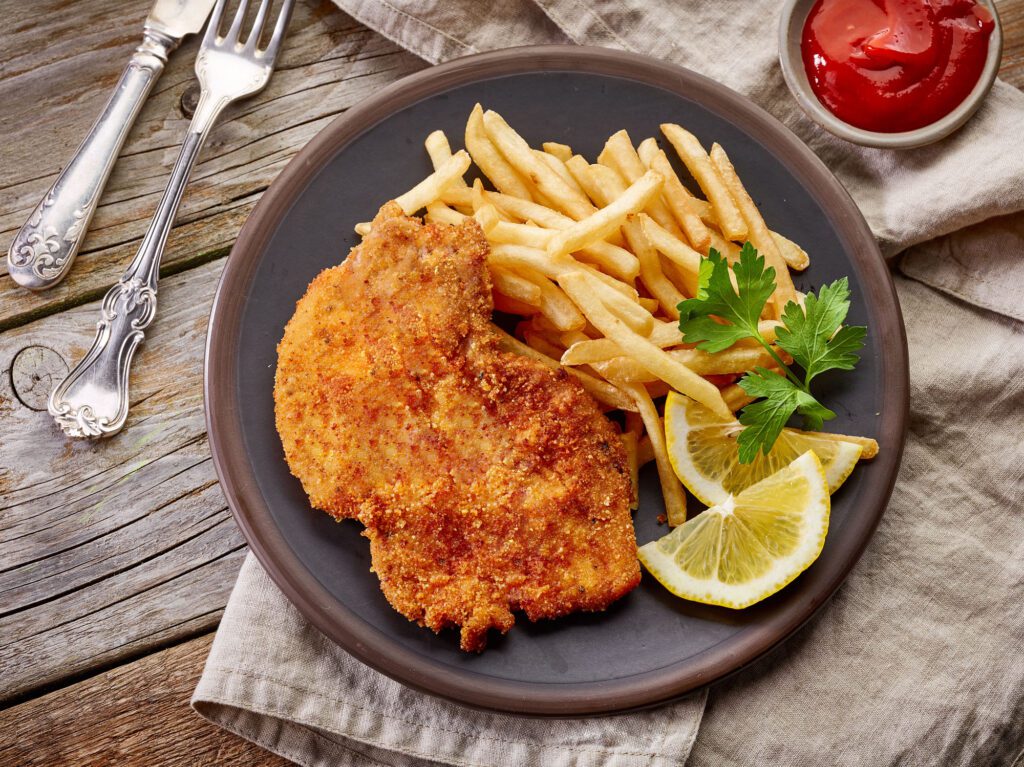

World-class Wine & Beer
Speaking of wine, Germany has a rich viticultural heritage that dates back over 2,000 years to Roman times. The Rhine and Moselle regions are home to 13 distinct wine-growing areas, known for producing more than 100 esteemed varieties of white and red wines. Whether you explore terraced vineyards, visit quaint taverns, or tour celebrated wineries, you’ll find ample opportunities to immerse yourself in the country’s vibrant wine culture. Numerous local wine festivals take place from summer into fall, offering a delightful glimpse into regional traditions.
Germany is also a nation with a deep affinity for beer, brewed in strict accordance with the “Reinheitsgebot” law from 1516. This law, which limits beer’s essential ingredients to water, barley, and hops, ensures the brew’s purity. Upholding this tradition are approximately 1,340 breweries, the majority of which are located in Bavaria in the south. While Munich’s annual Oktoberfest is the most famous celebration of this beloved beverage, visiting one of the many historic breweries and beer halls—some with legacies spanning centuries—provides valuable insights into Germany’s enduring love for beer.
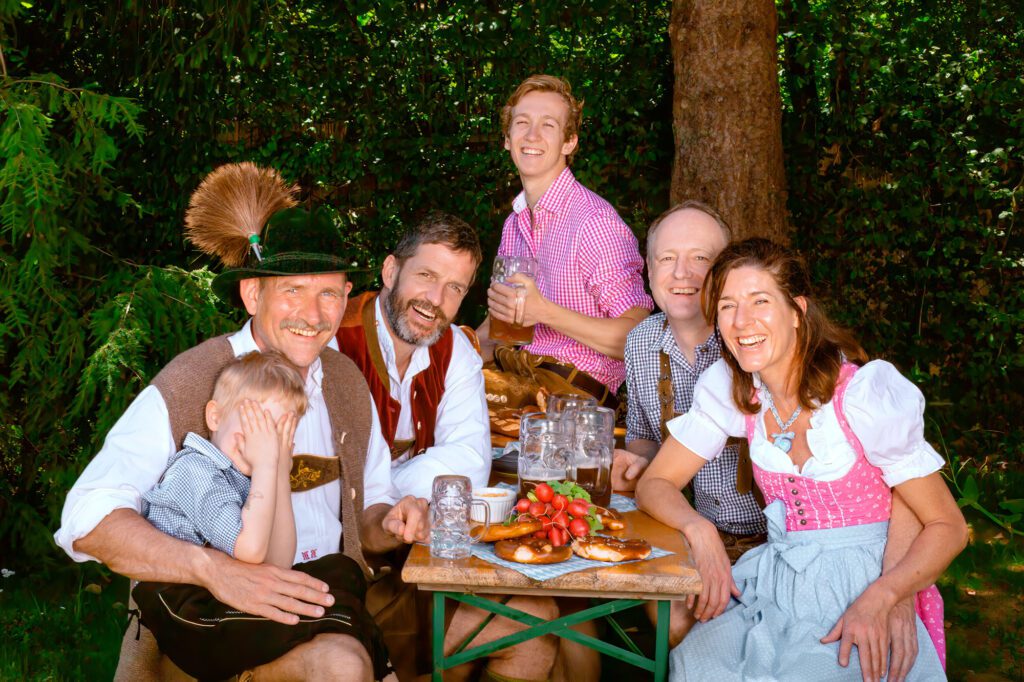



Germany For…History Lovers & Culture Enthusiasts
Germany is home to an impressive 51 World Heritage Sites, a testament to the country’s significant cultural and historical contributions to the world.
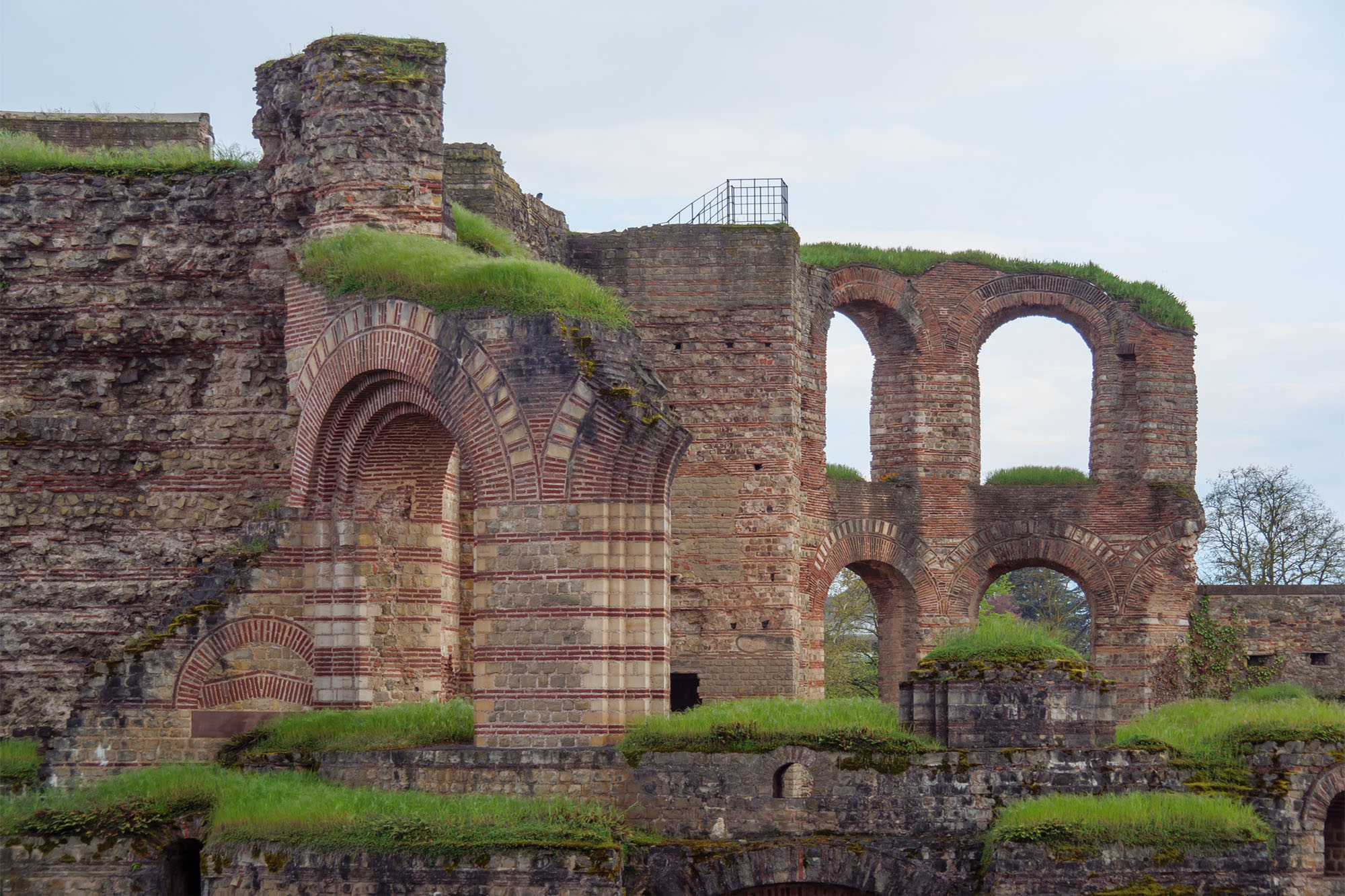
Roman Roots
Around 2,000 years ago, the area that would eventually become Germany was inhabited by various Germanic tribes. The Romans annexed part of this region, designating the provinces within their empire as “Germania.” They founded what they called their “Second Rome,” now known as the city of Trier. Trier holds the distinction of being Germany’s oldest city, but there are many cities and places where the remnants of Roman culture is still evident today.
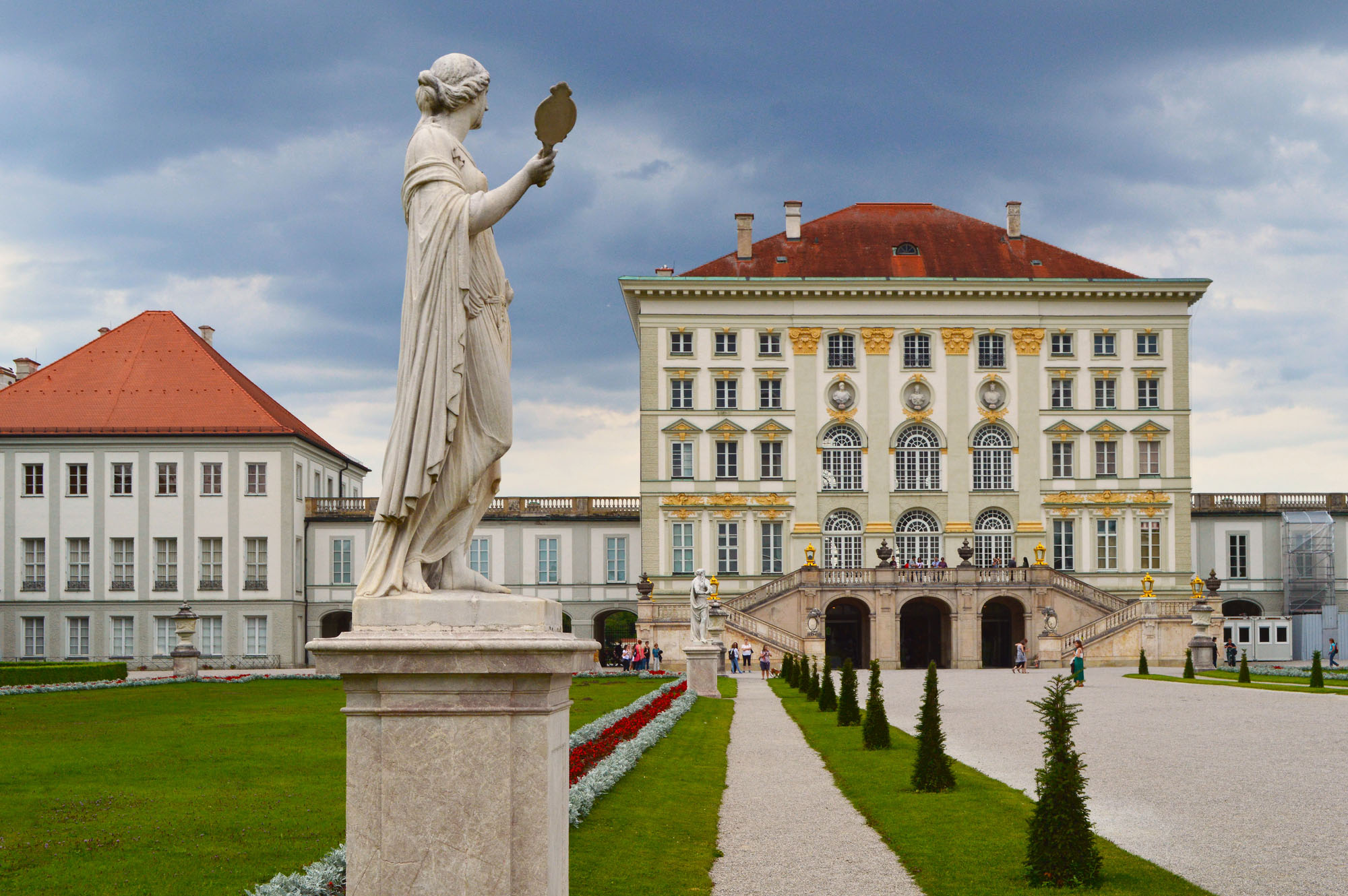
Castles – A Feudal Legacy
Following the fall of the Roman Empire, the region fragmented into small feudal kingdoms, each with its own currency, king, and castle. Today, over 20,000 castles continue to adorn the landscape. In addition to the famous Neuschwanstein Castle in Bavaria, the Rhine Region is particularly rich in spectacular castles, many of which sit majestically on hilltops. Ornate city palaces like Nymphenburg Castle in Munich and Sanssouci in Berlin, complete with beautiful grounds and gardens, are remnants of the Rococo and Baroque eras.

Religious Shifts
Catholicism thrived during the Early and Middle Ages, as evidenced by the many cathedrals still standing today, such as the Cologne Cathedral and the Ulmer Minster. The stronghold of the Catholic Church began to wane when Martin Luther translated the Bible from Latin into German, sparking the Protestant Reformation and giving rise to Lutheranism and Calvinism. Numerous museums and sites, including the famous Wartburg Castle, allow visitors to walk in the footsteps of Martin Luther.

Medieval Cities
During the Middle Ages, many cities maintained their independence within the kingdoms and evolved into centers of power and important trading hubs. Heidelberg and Rothenburg ob der Tauber have preserved their original character, offering a journey back in time for those who visit.
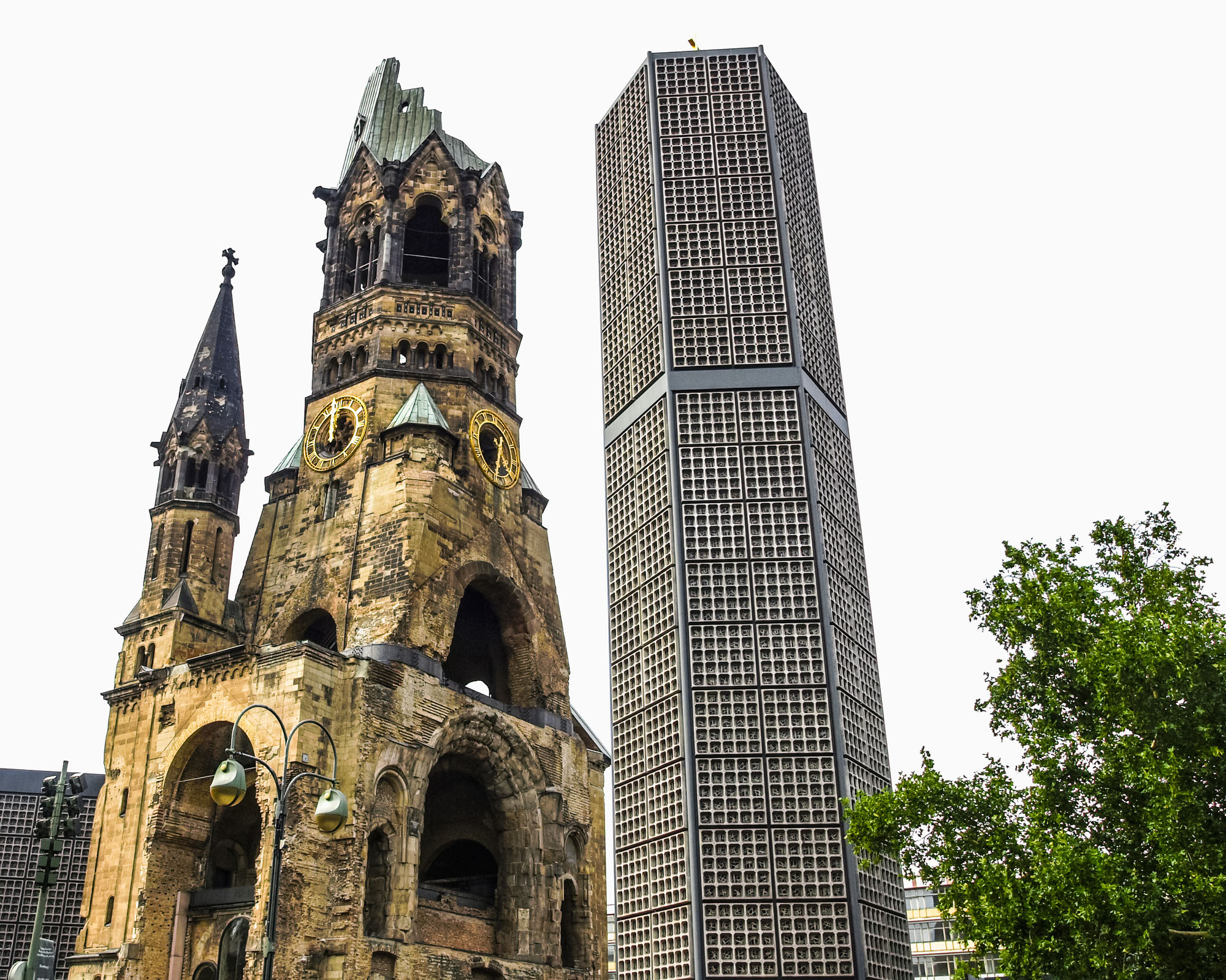
World War II
Of course, one cannot discuss history without addressing the atrocities committed by Germany under the Nazi regime, during World War II, and the Holocaust. Germany has made significant efforts to come to terms with its past and shed light on it. Travelers interested in delving into this history will find numerous monuments, memorials, and museums that illuminate Germany’s dark chapter.


